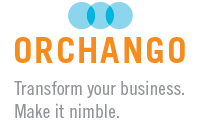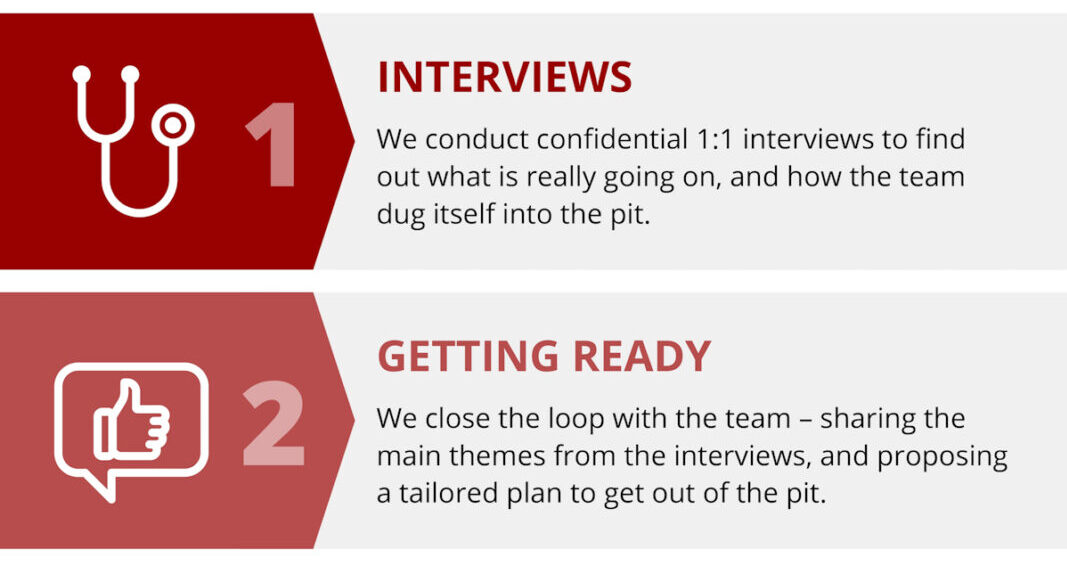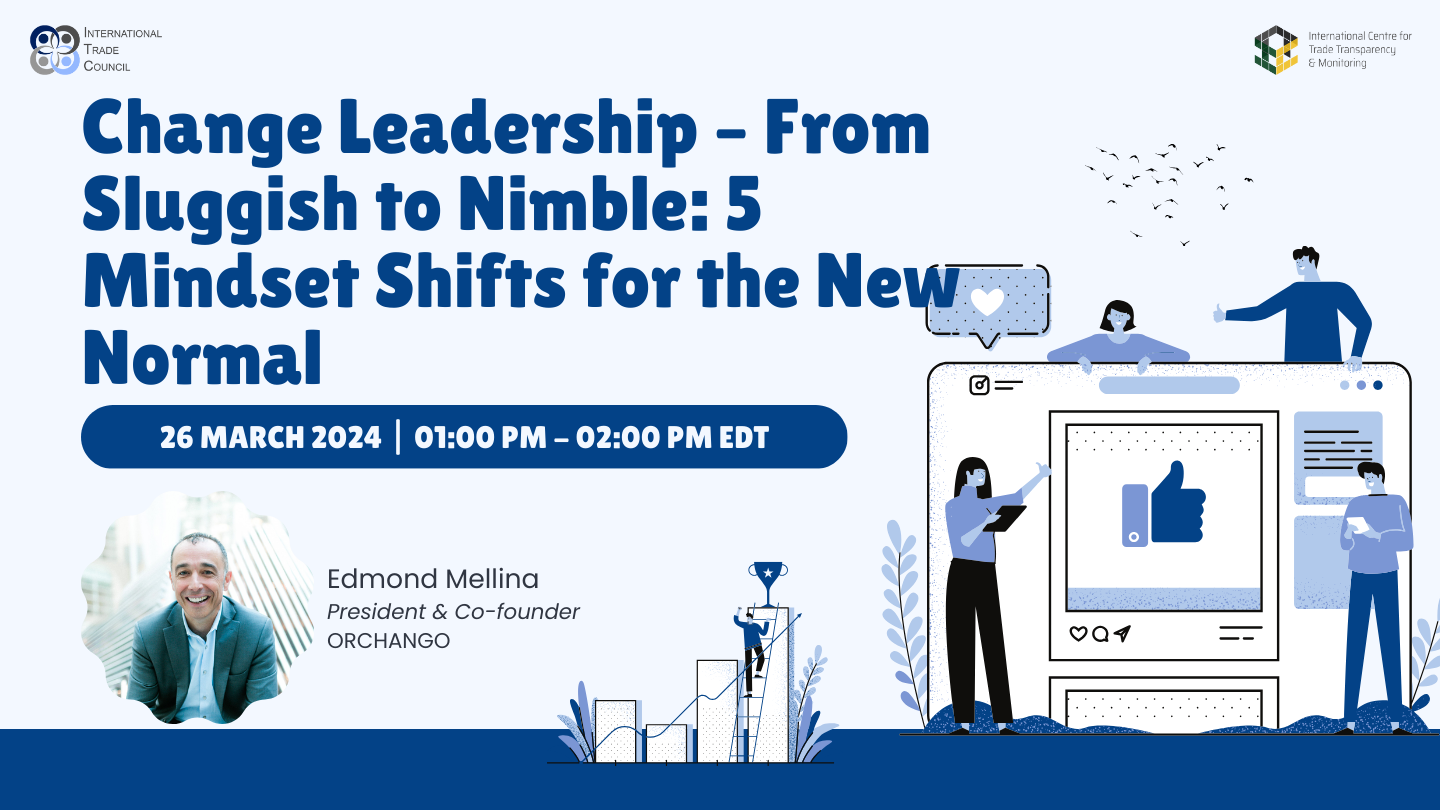How do you transform the dynamics of a team (leadership or otherwise) from dysfunctional to…
A change-capable organization that moves with strategy

According to CEB, CHROs should rethink their role and place change capability building high on the agenda for 2016. In this blog post, the author highlights CEB’s reasoning; points to a new McKinsey article that addresses the design side of the challenge; and provides further guidance on creating an organization that moves with strategy.
Article first written for the blog of HR People & Strategy (USA). Also appeared on the blog of the Strategic Capability Network (Canada).
A key imperative for 2016
CEB bookmarked its latest issue of CHRO Quarterly (theme: “Getting M&A Right”) with the following message: creating a change-capable workforce should be a key imperative for HR in 2016.
In the first article, titled “How to Win Friends and Influence People – as a Chief Change Officer”, CEB notes that large-scale changes are more common, more complex and harder than before.
Because its research revealed that talent is central to all the key success factors, CEB challenges CHROs to rethink their role: “You’re no longer the organization’s chief HR officer. You’re the new chief change officer who not only creates a workforce to execute strategy—but creates a workforce that moves with strategy.” Merely “improving the effectiveness of individual change initiatives” won’t get us there.
The case for capability building
“To double [the] probability of change success,” CEB states that [CHROs] must focus on preparing the organization to better manage any change that comes its way”. The author correctly stresses that “this doesn’t require investing tons of resources in change management, but rather building the organization’s change capabilities.”
In the very last pages of its publication, CEB highlights the risk of inaction with hard data: “The average organization can expect to lose $10,700 per employee in lost productivity from failed change over 3 years.” In other words, about $11 million per 1,000 employees.
Design paradox: agility requires stability
CEB isn’t alone writing about change-capable organizations these days: McKinsey Quarterly just published an interesting article titled “Agility: It rhymes with stability”. It deals primarily with the design side of the challenge.
The authors explain that “truly agile organizations, paradoxically, learn to be both stable (resilient, reliable, and efficient) and dynamic (fast, nimble, and adaptive). To master this paradox, companies must design structures, governance arrangements, and processes with a relatively unchanging set of core elements—a fixed backbone. At the same time, they must also create looser, more dynamic elements that can be adapted quickly to new challenges and opportunities.”
I encourage you to take 10 minutes to read the article. It provides guidelines to achieve the stable-yet-dynamic tension in three critical organizational areas – structure; governance; and process. The authors illustrate their points with stories of both effective and ineffective redesign exercises.
The keystone: change-capable leaders, at all levels
Our own research and experience show the importance of having change-capable leaders at all levels in the organization. Although change has to become everyone’s business, the critical role managers play throughout the organization – both upstream and downstream – cannot be overemphasized.
Change is a game of proximity. Distant leaders cannot play the game effectively – whether you measure distance in terms of geography or hierarchical levels. The “local leaders” are by far the best positioned to tackle the challenge. They represent the true keystone of organizational change.
Of course, building a change-capable organization is not just about the local leaders. C-suite executives need to lead strategically; individual contributors require resilience; change and project specialists must become valued partners for the managers.
But the top priority has to be the local leaders. The Pareto Principle (80-20 rule) is at play here: having change-capable managers at all levels makes a huge difference in the organization’s ability to move with strategy.
To develop change leadership, we found the most effective approach is to use structured action-learning programs that: 1) support the execution of important changes; 2) embed and leverage peer learning; and 3) nurture the necessary change-capable culture. Which brings me to the next point…
Partners-in-Change™ mindset
In most organizations, we see toxic levels of “Us-versus-Them”. For example: production versus marketing; field versus head office; frontline leaders versus middle / upper management.
Change shifts these ongoing frictions into overdrive. In turn, the aroused feelings make it harder to execute change. It is a vicious circle.
Therefore, capability-building has to include a sustained effort to counteract the tribal “Us-versus-Them” reflex with a “Partners-in-Change” mindset.
I am not saying the “Us-versus-Them” syndrome has to be totally eliminated. It is important to keep a healthy dose of tension and leverage the creative power of conflicts. Indeed, productive friction yields the best plans and most innovative ideas.
By constructively channeling conflicts, the Partners-in-Change mindset acts as a magic force that turns the vicious circle into a virtuous one.
Beware: progress will feel slow before the take-off
We have found that organizations go through a S-Curve (“time” on the x-axis; “capability” on the y-axis) while developing their change capabilities. To explain the model, I often use the analogy of a large passenger aircraft taking off.
The plane is first in line at the start of the runway, ready to go. The control tower gives clearance and the pilot opens the throttle fully. Everything starts vibrating; there is a lot of noise; and the engines are burning vast amounts of kerosene. Yet, the plane is barely moving. After a moment, the aircraft finally starts to pick up some speed on the runway; but it doesn’t gain any altitude. A few passengers are wondering whether the plane is going to take off before the end of the runway!
Similarly, the front-end of the S-Curve is characterized by significant capability building activities. Yet, the organization doesn’t seem to become that much better at dealing with change. Formal measurements will usually confirm this impression. In other words, the organization is not gaining any “altitude” yet on the y-axis – despite all the efforts! As a result, C-suite executives might start wondering: “Is this capability building thing a waste of time and money?” These executives are like the worried passengers in the aircraft.
Things might not look good to the untrained eye. But the plane is moving in the right direction. The instruments on the dashboard indicate that everything is fine. We just have to let the takeoff process follow its course. Indeed, as the plane gets closer to the dreaded end of the runway, magic happens: the nose wheels lift off the ground; the rear wheels soon follow; the aircraft leaves the airway and rapidly gains altitude. The worried passengers are starting to relax.
Similarly, as the organization reaches the exponential / mid-way portion of the S-Curve, the executives who were concerned about the outcome of the capability building efforts are starting to feel better about it. Formal measurements confirm the organization is gaining altitude on the y-axis.
Talk about the S-Curve, stay calm and carry on
Morale: when embarking on a capability building effort, the “Chief Change Officer” should expect a slow start. The key is to manage expectations (sharing the S-Curve and plane analogy helps a lot), stay calm and carry on.
Eventually, the plane will take off and you will have created a change-capable organization that moves with strategy – for 2016 and beyond!
P.S. here is an article I wrote for Effective Executive (India) that explains in more details the S-Curve, our Change Capability Building Model and the airplane analogy. I use a client story to illustrate the four stages on the model.
Copyright © 2015 by ORCHANGO. All rights reserved. | Photo credit: ©Flickr.com/Nikos Koutoulas




This Post Has 0 Comments